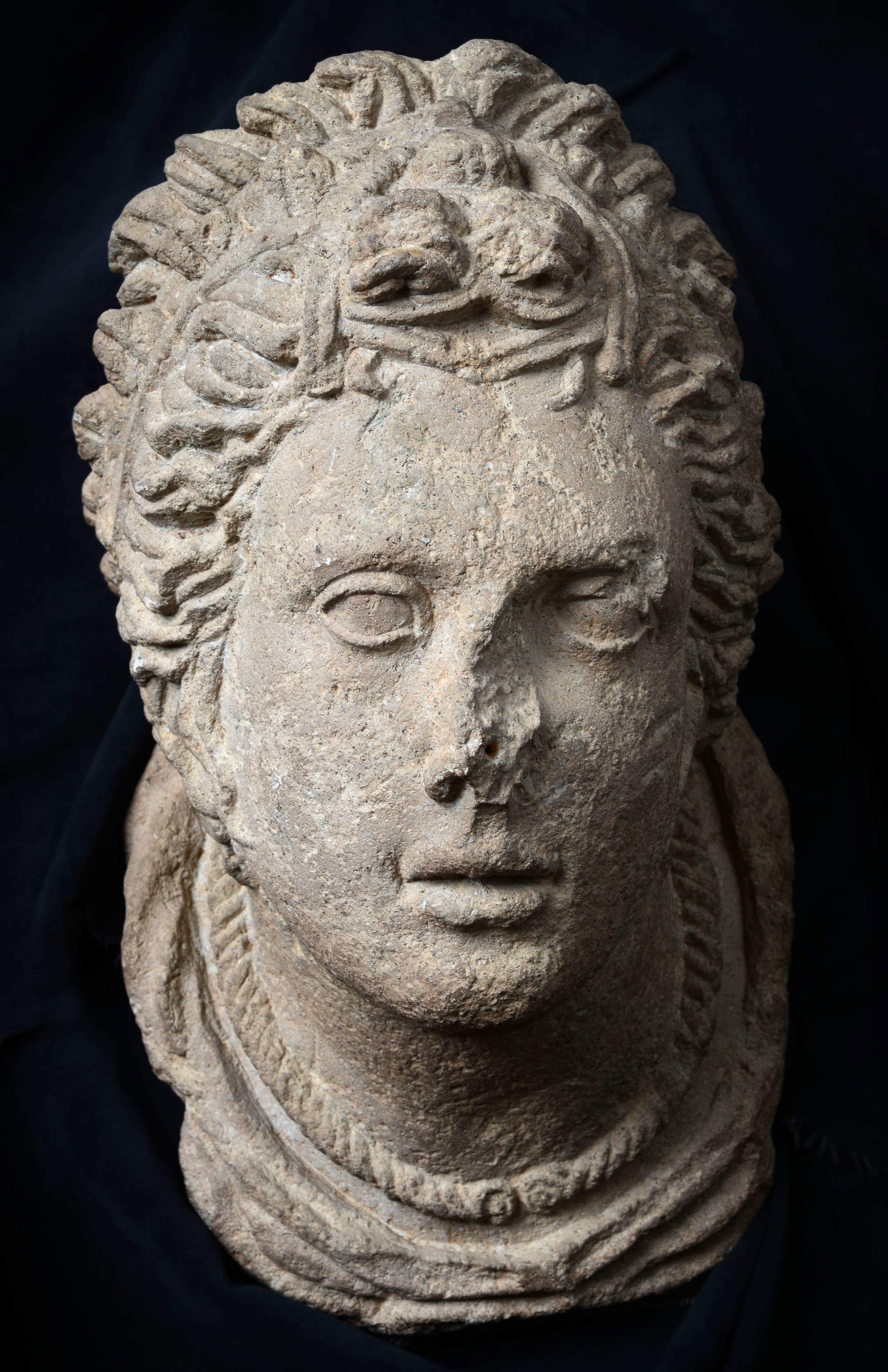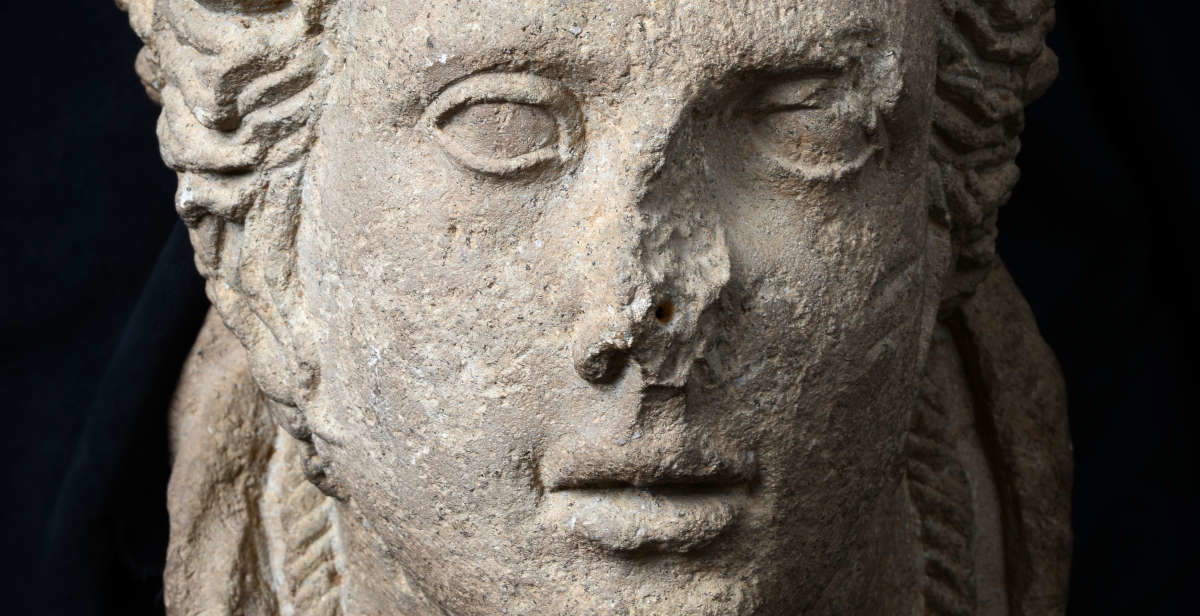An exhibition in Orvieto on the conquest of Velzna, the last city-state of Etruria
The spaces of the “Claudio Faina” Etruscan Museum in Orvieto are ready to host the exhibition Volsino capto from September 7 to December 8, 2024 . 265-264 BC. The exhibition recounts a central episode in the history of Etruria: the conquest of Velzna (Volsinii, in Latin), today’s Orvieto, the last Etruscan city-state to fall to Roman hands in the years 265-264 B.C. The episode is recounted by a Byzantine historian, Zonara, who recounts Velzna’s ringing defeats against Rome that led to a delegitimization of the local ruling classes and a violent upheaval of institutional and social arrangements.
In 265 BC, the aristocracy called for the intervention of the Roman army, which went so far as to sack the city and relocate the surviving inhabitants to the heights around Lake Bolsena. This was one of the harshest interventions made by Rome within the Italian peninsula. The explanation can be found in the desire to avenge a consul killed during the siege and to send a message to all the other Etruscan city-states in a specific year, 264 BC. At that time Rome began a confrontation with Carthage for control of the trade that took place in the western Mediterranean. In fact, 264 B.C. is the starting year of the First Punic War.
The taking of Velzna was due to Consul Marcus Fulvius Flaccus, who celebrated that event with a monumental inscription engraved on peperino blocks that was found in the sacred area of Sant’Omobono in Rome, near the temples of Fortuna and Mater Matuta. The inscription reads “Marcus Fulvius Flaccus, son of Quintus, consul, dedicated after the taking of Velzna.”
This historical testimony, divided into four fragments, is the pivot of the exhibition set up in the city of Orvieto under the initiative of the Foundation for the Museum “Claudio Faina” in collaboration with the Capitoline Superintendence for Cultural Heritage. Along with the donarium, found in 1961 in the area of Sant’Omobono, below the tufa slab floor, is a female head in trachyte related to early Hellenism currently preserved in Rome at the “Giovanni Barracco” Museum of Ancient Sculpture. Its uniqueness lies in its iconography, peculiar stylistic figure and high formal quality with suggestive aesthetic and expressive outcomes. In her hair has been recognized the ivy crown, one of the most common Dionysian symbols. The distinctive element of the cult of Dionysus supports the interpretation proposed by Giovanni Colonna that the figure could be identified as a Maenad. The exhibition is also accompanied by the catalog, edited by Giuseppe M. Della Fina and published by Palombi Editore. The scientific texts are signed by Claudio Parisi Presicce, Monica Ceci, Francesca de Caprariis, Anna Maria Rossetti and the curator.


 |
| An exhibition in Orvieto on the conquest of Velzna, the last city-state of Etruria |
Warning: the translation into English of the original Italian article was created using automatic tools. We undertake to review all articles, but we do not guarantee the total absence of inaccuracies in the translation due to the program. You can find the original by clicking on the ITA button. If you find any mistake,please contact us.





























